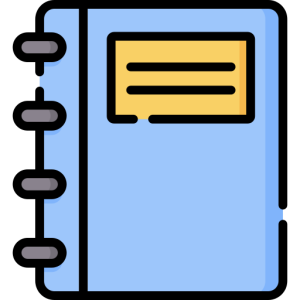
Nano VLSI Devices
 03 Months
03 Months VII Sem
VII Sem
Dr. Avtar Singh
Introduction of Course :
This introductory course on TCAD tools offers a beginner-friendly pathway into semiconductor device simulation and electrical characterization. Designed for learners with no prior experience, it blends interactive lectures with practical assignments to build core skills in modeling devices and analyzing electrical behaviors like I-V and C-V characteristics. Participants will gain hands-on exposure to widely used TCAD software suites, explore simulation flows, and develop insights into real-world applications, setting the stage for advanced exploration in device engineering. The main objectives are:
- Understand the fundamentals of semiconductor device simulation using TCAD tools.
- Analyze electrical characteristics like I-V and C-V curves through hands-on simulations.
- Apply TCAD methods to model and optimize biosensing and gas sensing devices.
Upon success – Learn how to use TCAD tools for device simulation
- Study electrical properties like I-V and C-V curves
- Gain hands-on experience with common devices like diodes and transistors
- Learn how different materials and techniques can help make devices use less power
- Prepare to work on advanced projects in device engineering
Course Plan:
| No. | Topic Title | Description |
| 1 | What Is Low-Power Device Design? | Intro to energy-saving electronics and their importance |
| 2 | Getting Started with TCAD | Basics of TCAD and its role in device simulation |
| 3 | Semiconductor Devices Overview | Simple explanation of diodes, MOSFETs, and how they work |
| 4 | TCAD Tool Features | Key functions of TCAD software made easy |
| 5 | Introduction to Junction less FETs | What they are and why they help save power |
| 6 | Picking Materials for Low Power | How material choices affect power usage |
| 7 | Easy Simulation Steps | Step-by-step guide to run your first TCAD simulation |
| 8 | I-V and C-V Curves Explained | What current and capacitance curves tell about devices |
| 9 | Doping and Device Shape | How changing size and doping helps reduce power |
| 10 | Reducing Leakage Current | Tips to avoid energy loss in circuits |
| 11 | Real-World Uses of Junction less FETs | Simple examples of where these devices are used |
| 12 | Mini Project with TCAD: Application | Make sensor or circuit with simulated devices |

